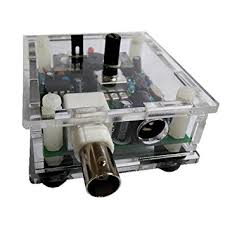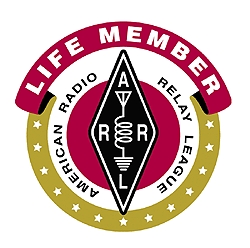My club, Newport County Radio Club, just completed our third and final meeting on the 40-meter QRP Pixie kit. We packaged the inexpensive Chinese QRP kit with sockets for the crystal and final transistor, two additional crystals (7.030 and 7.040) to go along with the stock Extra Class-only 7.023, and a 2N2222 to be used in place of the stock final.
We did this as a club build project, setting up multiple assembly and test/rework stations. In the end, about two dozen Pixies were built. All but four of them worked right out of the box. Two had cold solder joints. One had a solder bridge. The only “mystery” turned out to be a LM386 that was on the high-side of its maximum current spec, which caused its power source to collapse. Everyone managed to get the right components into the right locations and there were no missing parts. All of the kits produced from 300 to 500 milliwatts output power.
Another question was how well did the receiver perform. My expectations were quite low as the entire receiver circuit consists of a fairly inadequate LPF (see multiple posts about a Pixie LPF that actually meets FCC requirements), followed by a gimmick mixer (the final transistor), and a LM386 audio amplifier run wide-open gain. After testing a bunch of Pixies, a pretty reasonable performance specification would be:
- RX MDS -76 dBm (25 microvolts)
- -73 dBm is full copy but weak (this is S9)
- -33 dBm is ear splitting (S9 + 40 dBm)
- Selectivity is in excess of 10 KHz
Those are pretty bad specs, but what would one expect for a few dollars? The RX does work and many of our kit builders have used their radios on-air with great success.










I put mine on 5.262 MHz QRP frequency where it’s not as crowded as 40m.
350 mW out and a few QSO’s 40 to 120 miles and my furthest was 180 miles to the south of England and a SWL report from 220 miles in The Netherlands.
Yes, they work!
G4GHB